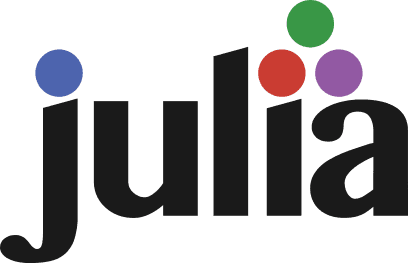IT Solutions
Understanding Quality Assurance
What It Is and Why It Matters?
Apr 19, 2024
In today's rapidly evolving digital landscape, software has become the backbone of countless industries, powering everything from e-commerce platforms to healthcare systems. With such widespread reliance on software, ensuring its quality is paramount. Software defects not only tarnish reputations but can also have far-reaching consequences, eroding user trust and draining financial resources. This is where Quality Assurance (QA) emerges as a critical component in the software development process, acting as the guardian of quality and reliability.
Understanding Quality Assurance: Unveiling the Mystery
Quality Assurance (QA) is not simply about identifying and fixing bugs; it represents a proactive and systematic approach to ensuring that software meets and exceeds predefined quality standards. At its core, QA involves the establishment of rigorous quality benchmarks, the design of efficient processes to uphold these standards, the implementation of comprehensive testing methodologies, and the continuous monitoring of key metrics throughout the Software Development Life Cycle (SDLC).
In contrast to Quality Control (QC), which focuses on detecting defects in the final product, QA is oriented towards preventing these defects from occurring in the first place. While QA lays the groundwork for maintaining quality, QC serves as a final checkpoint to verify the integrity of the developed software.
Essential Types of Quality Assurance Testing
The QA toolkit encompasses a diverse array of testing types, each serving a specific purpose in evaluating different aspects of software quality. These include:
Functional Testing: Ensuring that the software performs its intended functions accurately and efficiently.
Performance Testing: Assessing the software's performance under various conditions, including load, stress, and scalability.
Security Testing: Identifying and mitigating vulnerabilities that could compromise the security of the software and its users' data.
Compatibility Testing: Verifying that the software functions seamlessly across different platforms, devices, and environments.
Usability Testing: Evaluating the user interface and overall user experience to ensure ease of use and satisfaction.
Regression Testing: Validating that new changes or updates to the software do not inadvertently introduce defects or break existing functionality.
Key Strategies for IT Professionals to Enhance QA
In order to elevate the quality of software development processes, IT professionals can implement a range of strategies aimed at strengthening QA practices:
Shift-Left Testing: By integrating testing activities earlier in the SDLC, from the requirements and design phases onwards, organizations can identify and address issues sooner, reducing the likelihood of costly defects later in the development process.
Automation: Leveraging automation tools and frameworks for testing enables organizations to streamline repetitive tasks, accelerate test cycles, and improve overall efficiency and accuracy.
Risk-Based Prioritization: Prioritizing testing efforts based on the criticality and potential impact of different system components helps focus resources where they are most needed, maximizing the effectiveness of QA activities.
DevOps Integration: Integrating QA practices seamlessly into DevOps workflows promotes collaboration, transparency, and agility, enabling organizations to deliver high-quality software at a faster pace.
Data-Driven QA: By harnessing data analytics and metrics, organizations can gain valuable insights into software performance, identify trends and patterns, and make informed decisions to optimize QA processes and drive continuous improvement.
The Advantages of Investing in Robust QA Practices
Viewing QA as an investment rather than a cost yields a multitude of benefits for organizations:
Cost Savings: Proactively identifying and addressing defects early in the development process helps avoid costly rework and remediation efforts down the line, ultimately reducing overall development costs.
Enhanced Customer Satisfaction: Delivering software that meets or exceeds user expectations in terms of quality, reliability, and performance fosters trust, loyalty, and satisfaction among customers and end-users.
Accelerated Time-to-Market: Streamlining QA processes and minimizing delays associated with defect resolution enables organizations to bring new features and updates to market more quickly, gaining a competitive edge and seizing opportunities in fast-paced industries.
Brand Protection: Maintaining a reputation for delivering high-quality, reliable software helps safeguard organizations' brands and credibility, mitigating the risk of reputational damage due to software failures or defects.
Competitive Advantage: In today's crowded marketplace, where consumers have no shortage of options, superior quality and reliability can serve as powerful differentiators, setting organizations apart from competitors and driving long-term success and growth.
Ultimately, investing in robust QA practices is essential for organizations seeking to achieve and maintain excellence in software development, ensuring that their products not only meet but exceed the expectations of users and stakeholders alike. By prioritizing quality throughout the SDLC, organizations can minimize risks, maximize value, and thrive in an increasingly competitive and dynamic digital landscape.
written by: Matthew Drabek
For our Services, feel free to reach out to us via meeting…
Please share our content for further education


